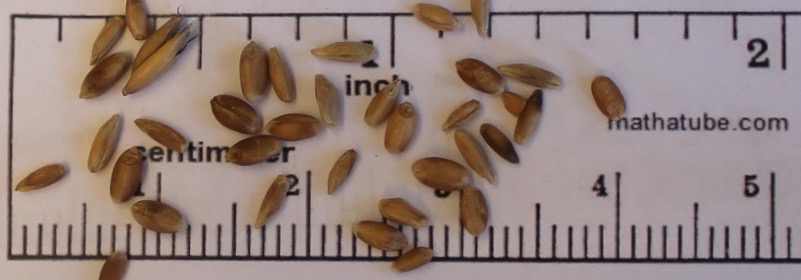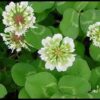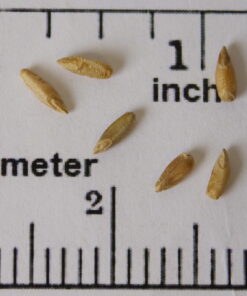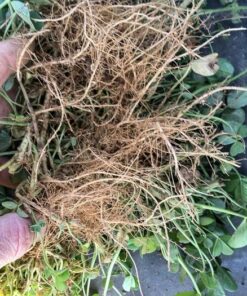Pasture Mix (Wheat and Rye)
$18.50 /50 lbs (50 pound bag)
Our Pasture mix is a blend of Wheat and Rye. The addition of Rye provides earlier forage and more forage potential during the colder growing period.
189 in stock
Our Pasture mix is a blend of Wheat and Rye. The addition of Rye provides earlier forage and more forage potential during the colder growing period.
| Planting Time | Planting Depth | Planting Rate |
| Late summer or early fall. | 1-2″ | Drilled 60-120 lb. |
| Weight | 50 lbs |
|---|---|
| Dimensions | 29 × 17 × 7 in |
Be the first to review “Pasture Mix (Wheat and Rye)” Cancel reply
You must be logged in to post a review.
Related products
Elbon Rye was developed in Oklahoma and is a Southern type of cereal rye. Cereal Rye is used in gardens and production fields to control nematodes and as a cover crop. Do not confuse with ryegrass or northern cereal rye.
VNS Rye is a variety not stated cereal rye. Normally this indicates an Northern Cereal Rye which produces less forage than the Southern types. Do not confuse with ryegrass or southern cereal rye.
Forage oat that has good disease tolerance, straw strength, good grazer.
Mixture of Wheat, Oats, Rye, Winter Peas, and Turnips. For best results plant late summer through fall and incorporate into the soil 1 to 2 inches.
Cool-season annual vine that is smooth and has a bluish-green waxy appearance. Vines can be up to 9 ft. long, however modern cultivars have shorter vines, about 2 ft. long.
New long-lasting white clover that promises great performance for years to come. Renovation was bred for maximum stolon density, longer life, and greater animal performance.
An upright, cool-season, reseeding annual legume originating from Euraia that grows to a height of 40 to 50 inches under good conditions. Seeds germinate in the fall, but grow slowly during the winter.
Introduced winter annual and herbaceous legume. The leaves and stems of crimson clover resemble those of red clover, but the leaves are round-tipped with more hair on the stems and leaves.











Reviews
There are no reviews yet.